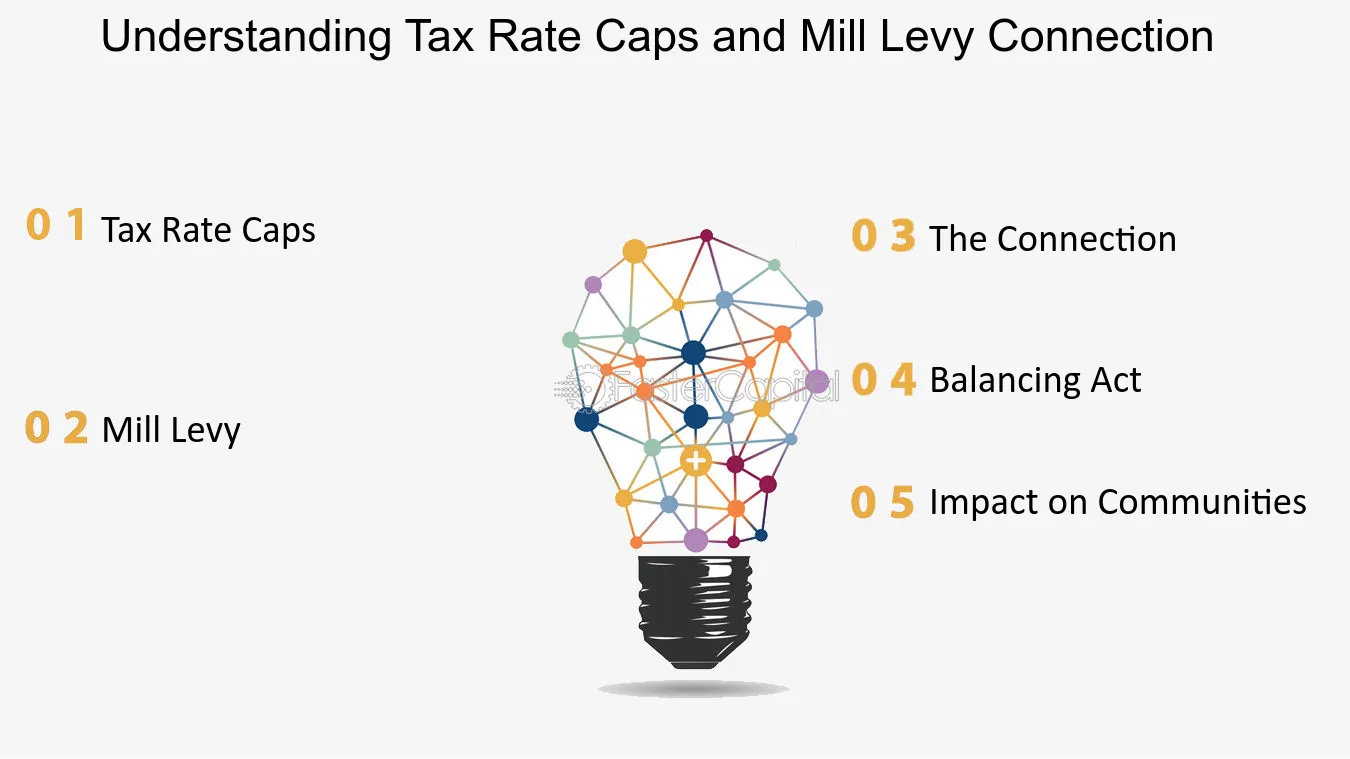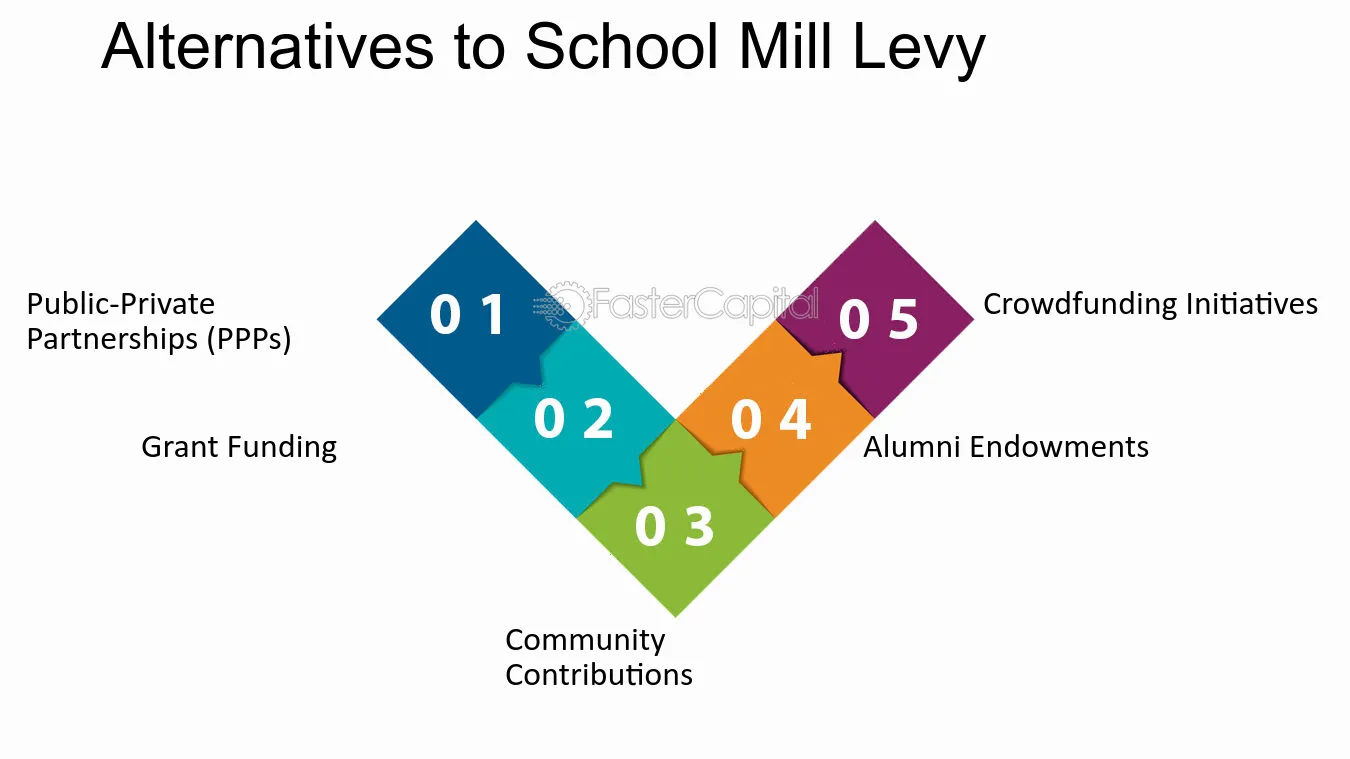What is Mill Levy?

Mill levy is a term used in the context of property taxes. It refers to the tax rate that is applied to the assessed value of a property to determine the amount of property tax owed. The mill levy is typically expressed in mills, with one mill equal to one-tenth of a cent or 0.001.
The mill levy is set by the local government, such as a county or municipality, and is used to fund various public services and infrastructure projects. These can include schools, police and fire departments, parks, and road maintenance, among others.
For example, if a property has an assessed value of $200,000 and the mill levy is 100 mills, the property tax owed would be $200 (200,000 x 0.001). The mill levy can vary from one jurisdiction to another and can also differ for different types of properties, such as residential, commercial, or agricultural.
The mill levy is an important factor to consider when buying or owning property, as it directly affects the amount of property tax that needs to be paid. It is also important for local governments to carefully set the mill levy to ensure they can adequately fund essential services while keeping the tax burden reasonable for property owners.
| Assessed Value | Mill Levy | Property Tax Owed |
|---|---|---|
| $200,000 | 100 mills | $200 |
How is Mill Levy Calculated?
The calculation of mill levy involves a straightforward process that takes into account the assessed value of a property and the mill rate set by the taxing authority. The mill rate represents the amount of tax that is levied per thousand dollars of assessed value.
To calculate the mill levy, you need to follow these steps:
Step 1: Determine the Assessed Value
The assessed value of a property is the value that the taxing authority assigns to it for tax purposes. This value is usually a percentage of the property’s market value, and it is determined through a valuation process conducted by the taxing authority.
Step 2: Convert the Assessed Value to Dollars
Step 3: Determine the Mill Rate
The mill rate is set by the taxing authority and represents the amount of tax that is levied per thousand dollars of assessed value. For example, if the mill rate is 10, it means that $10 in taxes will be levied for every $1,000 of assessed value.
Step 4: Calculate the Mill Levy
To calculate the mill levy, you multiply the dollar value of the assessed property by the mill rate and divide by 1,000. Using the previous example, if the assessed value is $80,000 and the mill rate is 10, the mill levy would be calculated as follows:
Mill Levy = ($80,000 * 10) / 1,000 = $800
Therefore, the mill levy for this property would be $800.
Real-Life Example of Mill Levy

To understand how mill levy works in real life, let’s consider a hypothetical scenario. Imagine you live in a city where the local government has set a mill levy rate of 50 mills. The assessed value of your property is $200,000.
Property Tax = Assessed Value x Mill Levy Rate
Property Tax = $200,000 x 0.050 (50 mills divided by 1,000)
Property Tax = $10,000
So, based on the mill levy rate of 50 mills and the assessed value of $200,000, you would owe $10,000 in property taxes.

Emily Bibb simplifies finance through bestselling books and articles, bridging complex concepts for everyday understanding. Engaging audiences via social media, she shares insights for financial success. Active in seminars and philanthropy, Bibb aims to create a more financially informed society, driven by her passion for empowering others.
